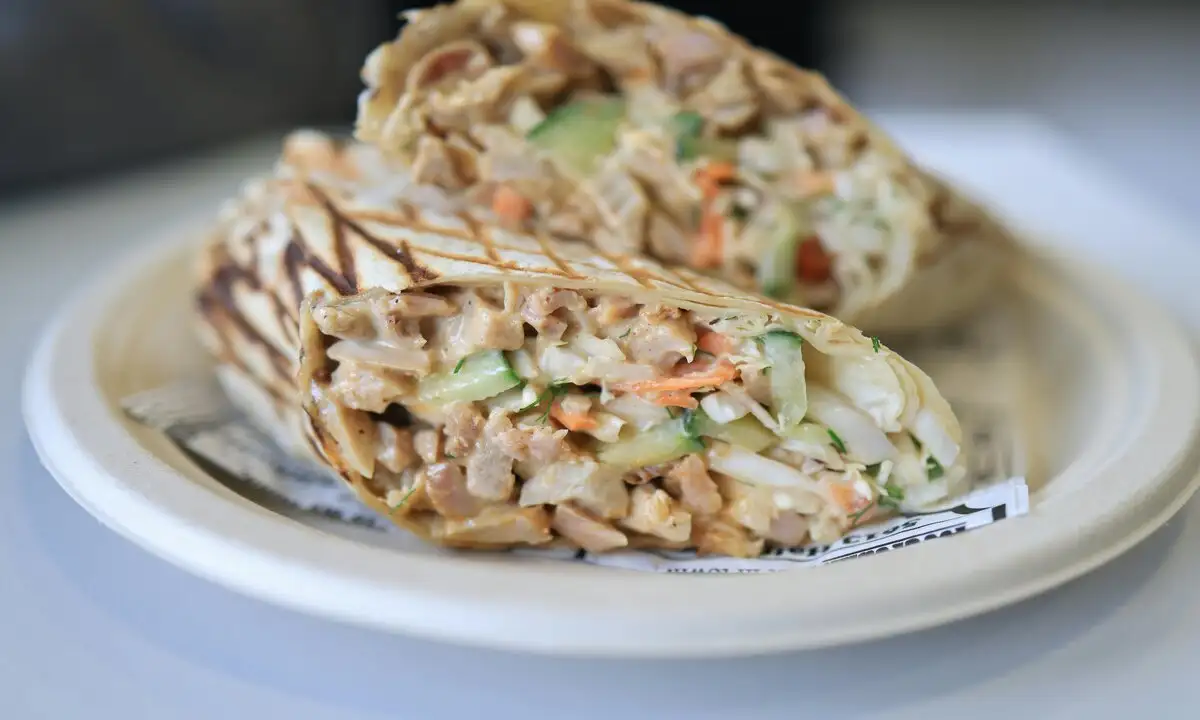Döner kebab, a beloved Turkish dish known for its delicious marinated meat, has become a staple in street food and restaurants around the world. Its origins, however, can be traced back through centuries of culinary evolution and cultural exchange in the Eastern Mediterranean region. Here's an in-depth look at the origins of döner, its historical background, and its development into the popular dish we know today.
1. Historical Roots
• Ancient Preparations:
The practice of cooking meat on a vertical spit dates back to ancient times. Evidence of skewered meats can be found in various cultures throughout the Middle East, such as the Greeks and the Persians, long before the emergence of döner as a distinct dish.
• Sultan’s Influence:
The horizontal grilling of marinated meat on a spit can be traced back to the Ottoman Empire, where variations of grilled meat dishes were common. Sultan Mehmed II (the Conqueror) is said to have encouraged the preparation of meat cooked on a vertical spit while emphasizing the importance of meat dishes in Ottoman cuisine.
2. The Creation of Döner Kebab
• Vertical Spit Cooking:
The method of cooking meat on a vertical spit is now closely associated with döner kebab. Although this technique was present in other cultures, the specific method of layering marinated slices of lamb, beef, or chicken on a vertical spit is attributed to Turkish culinary practices in the late 19th century.
• Rise in Popularity:
The modern version of döner kebab began to take shape in the 19th century in the Ottoman Empire, particularly in Istanbul. Street vendors and cooks in the city popularized the dish, serving it as a simple yet flavorful meal to urban workers and passersby.
3. Regional Variations
• Different Types of Döner:
In Turkey, variations of döner kebab have emerged based on regional preferences. The two most recognized versions are döner kebab (often made with lamb and beef) and chicken döner. Each region has its own recipe, marinade, and serving style, contributing to a rich diversity of flavors.
• Side Dishes and Accompaniments:
Döner is typically served with rice, pita or flatbread, and various accompaniments, including pickled vegetables, yogurt, and spicy sauces. The way döner is consumed can vary significantly between regions and vendors.
4. International Spread
• Migration and Globalization:
As Turkish immigrants moved to different countries in the 20th century, they brought their culinary traditions with them. Döner kebab quickly gained popularity in Europe, particularly in Germany, where it became a favored street food.
• Fast-Casual Dining:
In Europe and beyond, döner shops and restaurants began to spring up, offering various adaptations of the traditional Turkish dish. The döner kebab became synonymous with quick, delicious meals, especially in urban areas.
• Cultural Fusion:
The global spread of döner has led to creative variations, including the addition of different spices, sauces, and side dishes. Countries like Germany and the UK have seen local adaptations, incorporating ingredients and flavors that reflect diverse culinary traditions.
5. Contemporary Significance
• Culinary Recognition:
Today, döner kebab is often cited as one of the most popular street foods across Europe and the Middle East. It has transcended its humble origins to become a symbol of Turkish cuisine.
• Culinary Tourism:
Döner has also played a role in promoting Turkish culinary tourism, attracting food enthusiasts eager to experience authentic flavors in Turkey. Visitors often seek out local döner shops and stalls that offer traditional recipes.
• Cultural Identity:
While it has evolved globally, döner continues to represent Turkish culinary heritage. Many Turks take pride in the dish, appreciating its history and the skill involved in preparing authentic döner kebab.
Conclusion
The origins of Turkish döner kebab reflect a rich interplay of culinary traditions spanning centuries. From its ancient roots of vertical spit roasting to its growth as a beloved street food, döner kebab has become a gastronomic emblem of Turkey. Its adaptability and popularity showcase the evolution of food as a cultural and social phenomenon, representing not only a meal but also the shared history and traditions of the Turkish people.














